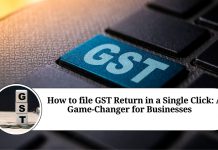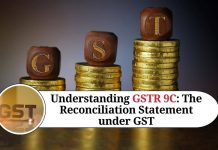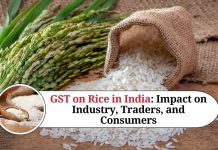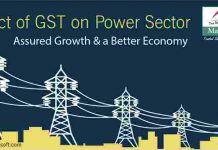The generic drugs forms the largest segment of the Indian pharmaceutical sector. About 20 per cent of global generic medicines comes from India which is equivalent to 70% of the market share in terms of revenue.
With a rising demand year after year the health care sector is expected to touch $150 billion by the end of 2017 but with the outcome of GST how the pharmaceutical market will behave is a major worry for many Pharmaceutical companies.
As per the discussion in the GST council held between 18th to 19th of May in Kashmir, the final fate of all the pharmaceutical product was quite clear. The finance minister MR Arun Jaitely has put all the pharmaceutical products in four different slabs which includes the 5%, 12% and most of the other products at 18% .
All types of contraceptive items are still kept in exempted category while the diagnostic kits of all types of hepatitis is kept under 5% slabs, formulation manufactured from the bulk drug are kept in 5%slab. The gauze , bandages, and similar articles like dressing, plasters and poultices is kept in 12% slab.
The announcement made on Wednesday in the council meeting made it very clear that all the life saving medication will be covered under 5% slab while other formulation will be kept under 12%. All the active pharmaceutical ingredients, or raw materials, are taxed at 18 per cent in the new GST regime.
With the final announcement it is very clear that medication will get costlier from July onwards with the roll-out of the Goods and Services Tax (GST). In the GST regime rates will be slightly higher than what prevail now.



















